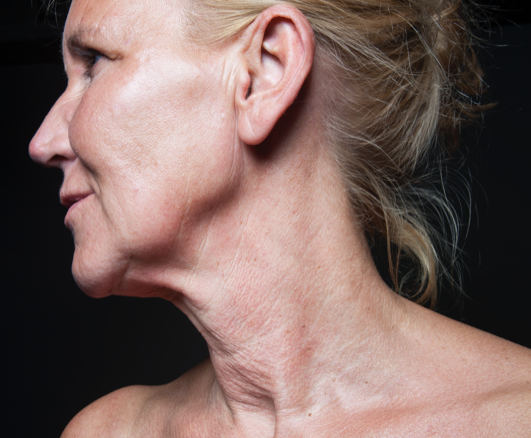Exploring the temples
The hollow temple is an area often overlooked.
Sunken temples are an inevitable part of aging for many of us. The loss of volume in the upper third of the face is however still under appreciated.
Temporal atrophy results in “skeletonization” of the face making it look older. Treating this area with hyaluronic acid fillers, like Apriline® normally has an extremely positive and rejuvenating effect.
Risks of treating the temples
Injecting in the temporal area is considered to be a high-risk procedure and the temples to be a ‘dangerous territory’. Of course it is an area that deserves consideration by the injector, but on the other hand it is no more challenging than any other area of the face. The risks associated with temporal fillers are similar to placement in all other areas. Potential side effectsinclude bleeding, bruising, infection and unevenness. The result could be unsatisfactory and there can be the need for more filler. Last but not least there is the risk of vascular compromise. Practitioners should be appropriately experienced and they need to be aware of the serious potential complications that can result from occlusion of specific facial arterial and venous structures. There is the potential for significant anatomical variations in the pathway of temporal vessels, therefore caution is always advised.
Male and female patients
Fuller temples will make the outer eyebrow more visible. Further they will give the eyes a much more open, attractive and youthful appearance. However, the approach to male aesthetics is different from that of a female.
In this case the depression created by temporal wasting in the female face does not usually require a full correction. Important for treating the temples of women is that the concavity typically should be improved. But the creation of convexity may produce a negative and rather masculine feature.
My own experience
My preference is to inject no more than 0.5ml bilaterally at this first appointment, believing that adopting a sessional approach is safer practice. I prefer to use a canula 25G with retrograde faning technique The benefit of injecting with a cannula is the reduced risk of an intravascular event whilst working at a more superficial depth, the use of a 25G canula has demonstrate to be more safe than the 27G.


